Warning
Please be advised this website is for internal review purposes only and is not to be distributed until advised.
Please be advised this website is for internal review purposes only and is not to be distributed until advised.
LGS structures are designed to have numerous noggins to support both the structure and its fixtures and fittings. Examples of these fixtures and fittings are:
At times these additional noggins may have been missed and need to be fabricated on-site, which can be easily achieved by adjusting proprietary products, which can be purchased, or by making them from LGS or timber. If you find that you are continually fabricating noggins for the same purpose, speak to your frame fabricator or builder and request those elements be included for future structures’ detailing and fabrication.
Numerous proprietary noggins can be purchased, such as EzyStud, which is shown below and already has an impermeable membrane installed for dissimilar metals. These have adjustable dimensions and can be easily inserted, plumbed and fastened between frame studs at the desired location.
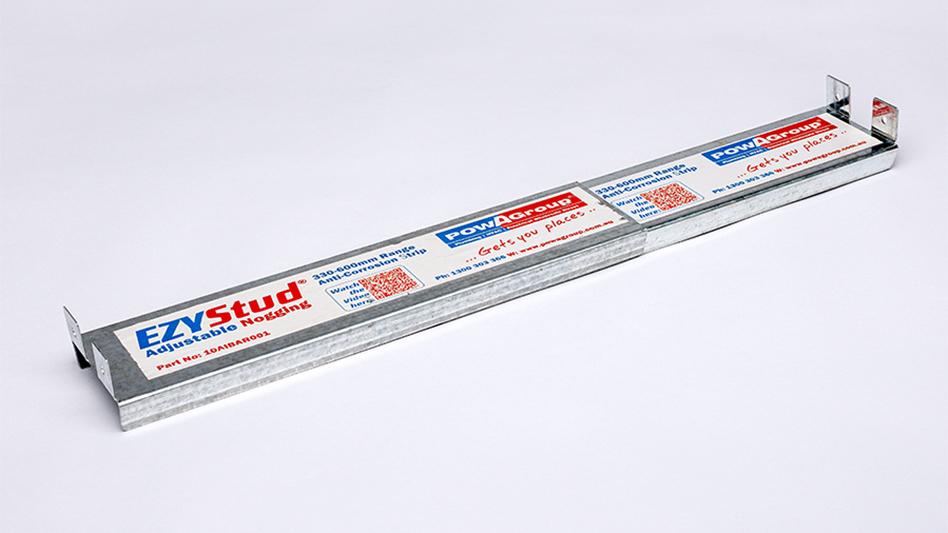
This is an easy, multi-step process that is best reviewed via the TRUECORE® steel Making up Noggins and Studs Guide, which can be accessed in the Resources section below.
To create timber noggins, follow these steps:
If attaching dissimilar metal fixtures like copper, brass or stainless steel remember to isolate with impermeable membrane or polyethylene packers etc.
For more information on the isolation of steel from timber and dissimilar metals, refer to BlueScope Technical Bulletin TB34, CTB12 and CTB13 in the Resources section below.
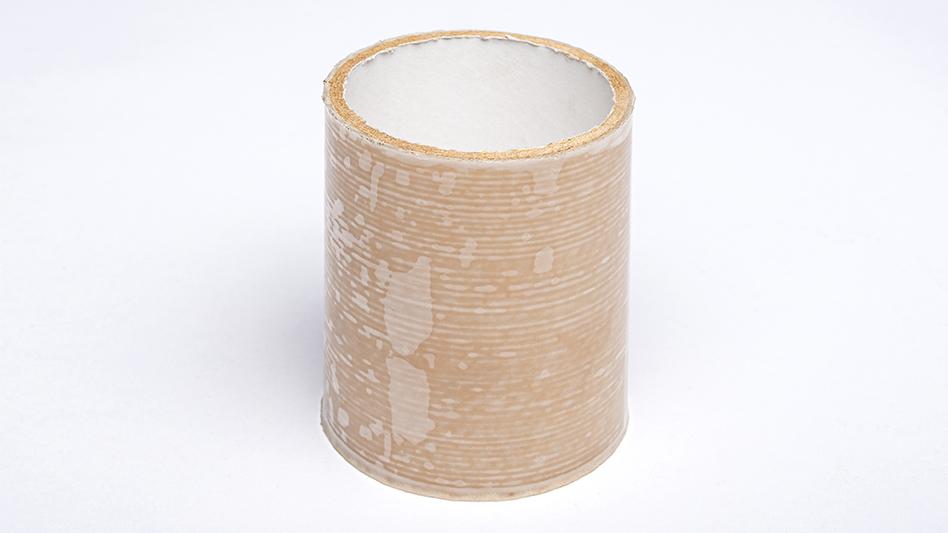
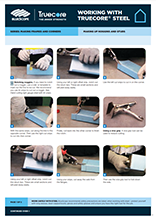
This document provides step-by-step instructions and images to help you make up noggins and studs.
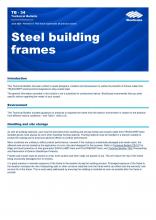
This Technical Bulletin has been written to assist designers, builders and homeowners to realise the benefits of frames made from TRUECORE® aluminium/zinc/magnesium alloy-coated steel.
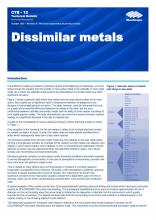
This corrosion technical bulletin outlines: The basis of dissimilar metal corrosion with reference to the galvanic series of metal and alloys in sea water; Table of compatibility of direct contact between metals or alloys when choosing fasteners and accessories.
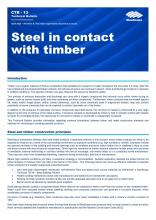
This corrosion technical bulletin provides information regarding common interactions between timber and metal construction elements and methods for minimising or avoiding possible corrosion.
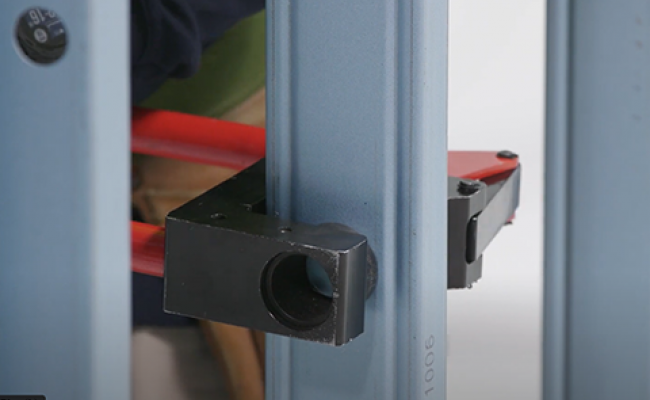
Learn how to create new service holes and the recommended hole sizes and layouts.